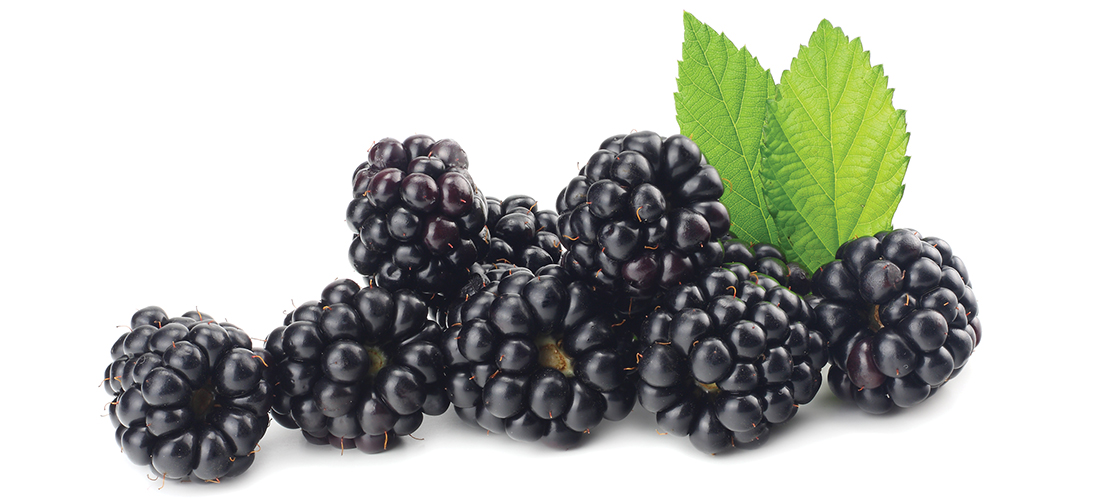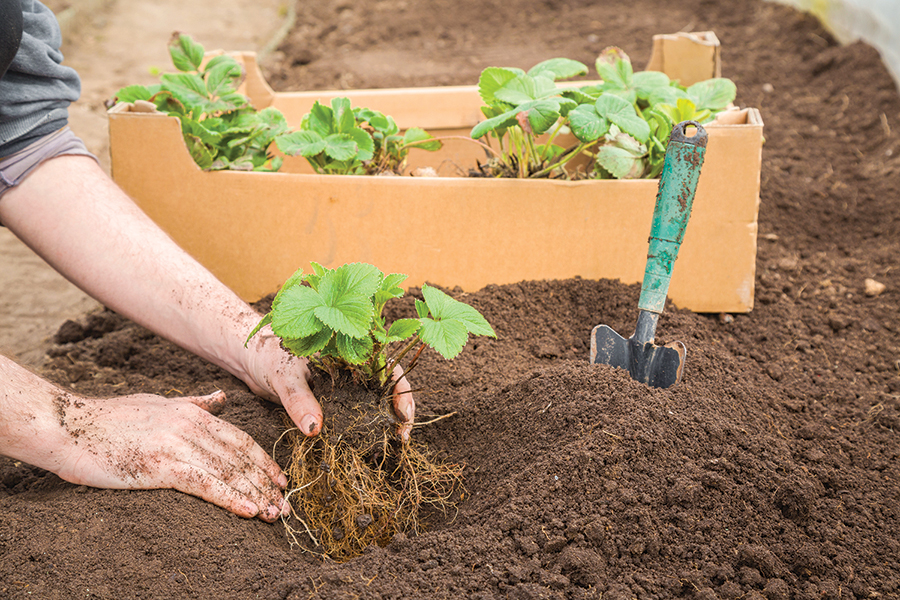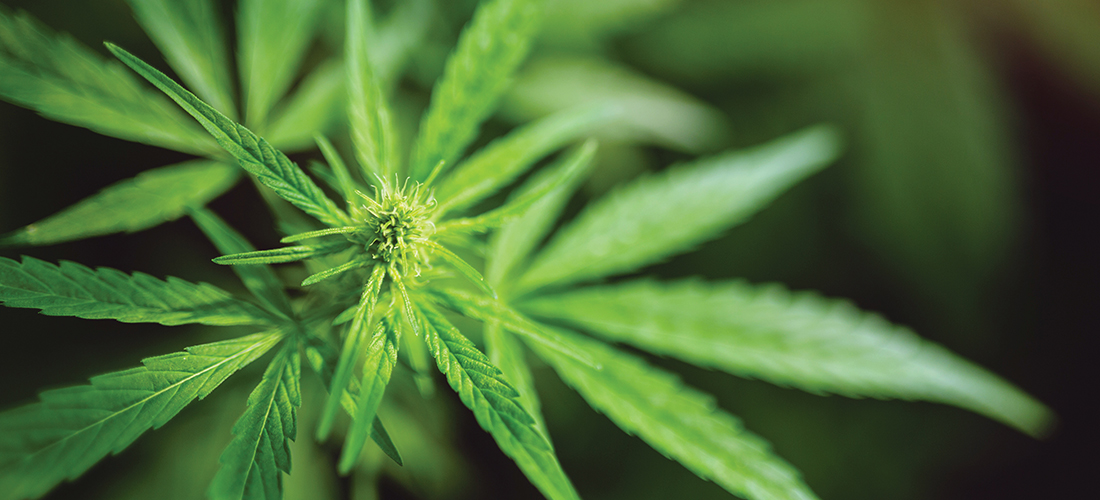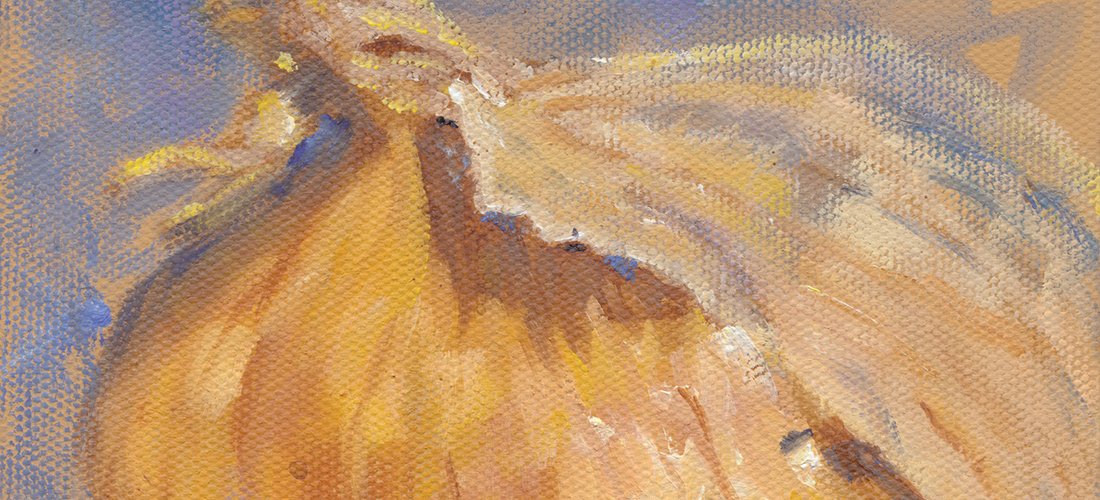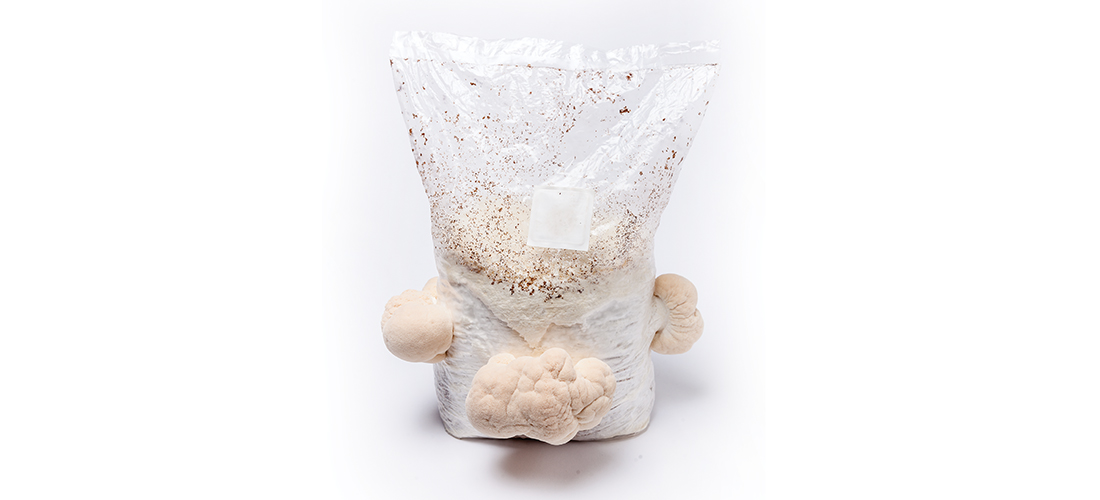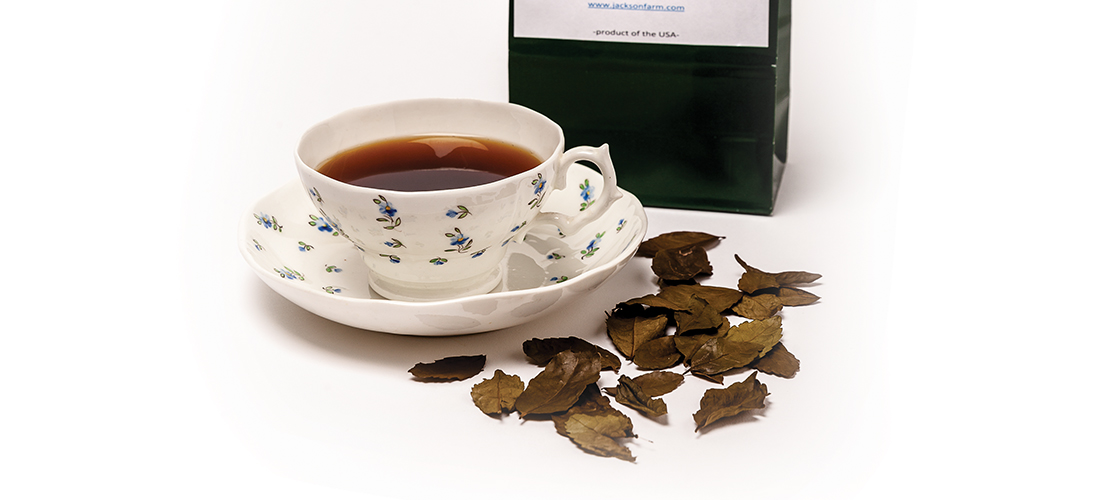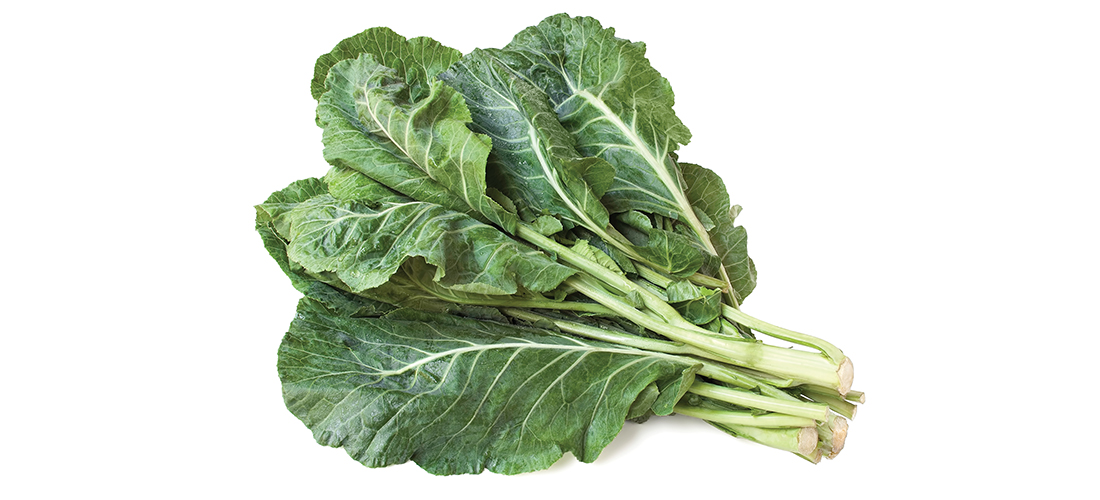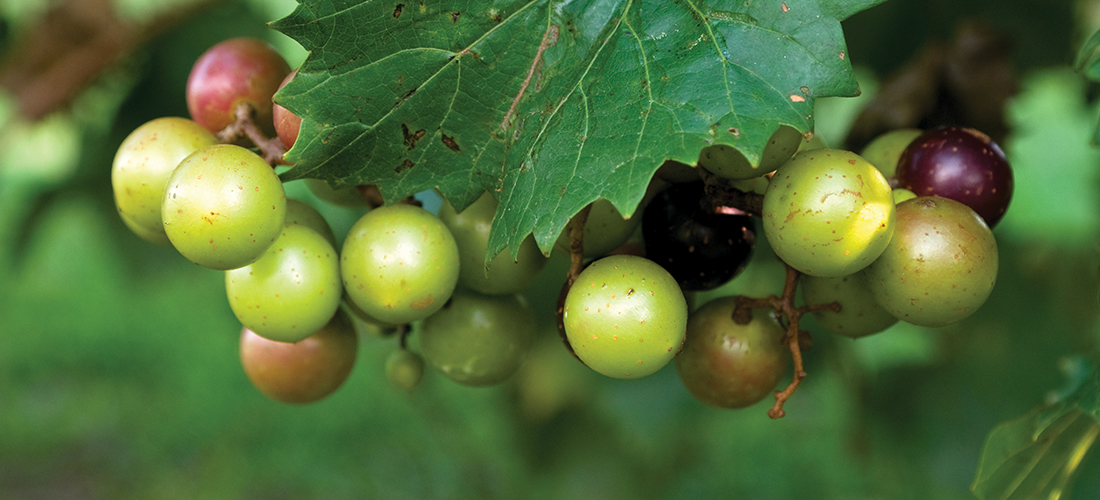Berries, Part II
Call of the blackberries
By Jan Leitschuh
What a fine time it is to enjoy local fruits — and who doesn’t love the berries of the Sandhills?
May, June and July are a wonder of seasonal berries. Last month we celebrated the delicious strawberry and the You-Pick farms that grow these delicate and juicy beauties for us.
But just as we are enjoying the earliest strawberries in mid-April, the next Sandhills berry is flowering, preparing for the hand-off sometime in later May: blackberries — the “bridge” fruit between strawberries and blueberries.
So, no worries. The sad passing of yet another Sandhills strawberry season heralds this equally delicious and healthful berry to salve our summer-hungry taste buds. Kitchen gardeners take note: Here is a low-fuss berry that genuinely likes our sandy soils.
Locally, the sweet and seedy blackberry shows up in June. Seek out these glossy berries fresh-picked at area farmers markets, or grab the kids and head out to a local farm. Pick-Your-Own places such as Eagle’s Nest Berry Farms open in early June for public picking. (But call ahead or text to check availability, says producer Karen Ring: 910-639-3966.)
Blackberries ripen at a time when green beans, new potatoes, semi-clingstone peaches, a few highbush blueberry varieties, summer squash and early cucumbers start showing up in local markets. This is when the serious summer good-eatin’ time sets in.
And not just eatin’. “I make a good blackberry lemonade,” says Ring. She makes it using fresh lemons, though a pre-made lemon mix will work too. Then, she juices a batch of blackberries and adds them to the lemon solution. “You can also make blackberry tea, adding the juice the same way you added it to lemonade.”
For a bit of presentation flair, toss in a few slices of cut lemon and a blackberry swizzler to your glass pitcher. Make the blackberry swizzler by threading blackberries on a wooden stick like a shish kebab skewer. Freeze the stick until solid, then use the frozen swizzler to cool down your pitcher and add a fruity, visual punch.
Fresh eating out of your hand is never the wrong answer. A mouthful of summer-warmed blackberries is hard to beat, and provides a surprising amount of one’s daily fiber — a nutrient of concern in the newer USDA Dietary Guidelines. In season, fresh berries and cereal or yogurt kick the day off nicely. Simple, unadorned berries atop a cheesecake, mousse or other dessert kicks up the eye appeal.
A June bride, I had small fresh fruits adorning my wedding cake tiers. The most striking visual combo was the summer blackberries nestled next to tiny orange kumquats (a very small citrus meant to be eaten whole). The entire thing tasted as good as it looked.
Blackberries, like strawberries, have a short shelf life. They won’t just hang around in your fridge like next month’s blueberries. You need a plan, and there is none better than baking some into pies, breads, muffins, pancakes and cobblers.
Can’t mention berries without salivating over . . . er, talking about, fruit cobblers. These jammy, fruit-rich bakes are covered with a biscuit-like crust and served hot with ice cream or whipped cream.
Ring is a cobbler fan too, and she likes to blend the fruits of the season to good effect. “I have mixed blueberries and blackberries, and that makes a good cobbler.”
She’s also combined blackberries and early peaches. “The combo of the flavors and the colors is pretty cool,” she says. Since early peaches are not as sweet as those in July and August, “you might want to use the sweeter overripe blackberries to help sweeten up your cobbler. I haven’t tried it, but I’d like to try strawberries and blackberries.”
Many folks visiting You-Picks are seeking berries for jam as well as fresh eating and freezing. “If you’re making jam,” says Ring, “you want a mix of ripe and unripe. If you use just ripe berries, you’ll get a really sweet, sweet jam.” It will override that wonderful blackberry flavor. Besides pre-picked and sorted berries, Eagle’s Nest sells the lower-cost culls that are good for making jams. Those tend to be the overripe or underripe berries picked out of the sorted batches. Eagle’s Nest also sells a pre-made multi-berry jam called Triple Berry Spin.
Let’s digress from salivation for the moment. It’s too late right now to plant your own little blackberry patch this summer, but if you have a particular yen to add a few bushes to your kitchen garden, it is not difficult. In the fall, prepare the soil in your “patch” as if for garden vegetables. The plants should be planted when dormant — in late fall or in March, about four weeks before the average date of the last frost.
Choose a couple of varieties if you want to spread out your season. There are a number of cultivars that do well here, especially a grouping bearing Indian names such as Kiowa, Natchez and Navaho. Kiowa has thorns but is a prolific early bearer with humongous fruits. Natchez and Navaho are thornless and come slightly later. Natchez, especially, benefits from trellising.
Blackberries generally have crowns that are perennial. These persistent crowns throw off biennial shoots. The shoots that sprout this year are called primocanes and won’t bear fruit. These go dormant over the winter, then flower during strawberry season the following year and are now called floricanes (flowering canes). From these flowers comes the delicious fruit. After the season is done, cut out the old floricanes, which brown and die after bearing, to make room for this season’s primocanes to do their thing the following year.
Some newer varieties such as Prime Jan and Prime Jim actually produce the first year after planting. Do your research if you add these to the mix.
Plants can be fertilized organically and simply with soybean meal and sulpomag (assuming your pH is correct to begin with). I like to mulch them with well-decomposed bark or wood chips. Your berry patch may produce for 15 years if managed well.
That first year, water plants in well. You’ll have more order and space in your garden if you confine the canes to some sort of simple trellis.
Really ripe blackberries, the sweetest phase, are easy to spot. Watch your patch carefully, as they can easily switch from underripe to “going by.” The dark berries will be shiny as they ripen, then lose their gloss slightly when truly sweet and ripe. This is the sweetest moment and, as we’ve seen, not necessarily the optimum moment for every purpose. But for fresh eating, it’s a hard moment to beat.
Everyone knows how healthy berries are. Did you know nutritionists often advise incorporating 1/4 cup of berries into our daily diets for their superior nutritional benefit? Blackberries drill down in some important areas. We mentioned how strawberries contain anthocyanins, those powerful anti-inflammatory antioxidants — blackberries have it in spades. Anthocyanins help keep our eyes and brains healthy, help ward off diabetes and lower the risk of certain types of cancer. Rich in vitamin C, they also contain the essential vitamin K. Blackberries also support bone health.
And they taste just splendid!
But, back to savoring the flavors of the season. Here’s one of the best ideas I’ve heard yet for serving up blackberries. This is a sweet-savory combo that could elevate your porch-sittin’, blackberry-lemonade-sippin’, summer-fresh to new heights.
Eagle Nest Berry Farm’s Blackberry Pizza
Eagle’s Nest producer Karen Ring bakes a pizza crust and then smears it with another outstanding local product, Paradox Farm’s chèvre. “I love the fig and honey cheese,” says Ring. Drizzle a little olive oil on top of the cheese, then add blackberries and basil. Return to oven for about 10 minutes, or until fruit is cooked flat. Serve up a few slices with a blackberry lemonade and salute the bounties of summer with a friend. PS
Call Moore County Cooperative Extension for a list of local You-Pick berry farms: 910-947-3188.
Jan Leitschuh is a local gardener, avid eater of fresh produce and co-founder of the Sandhills Farm to Table Cooperative.

